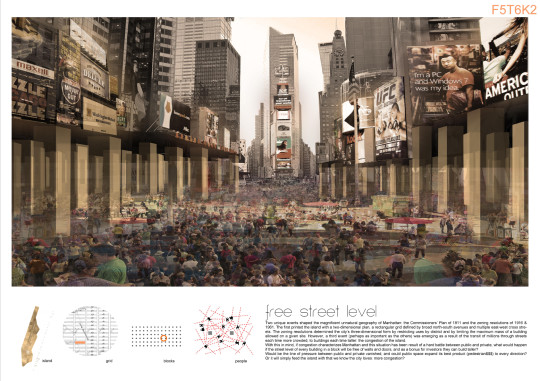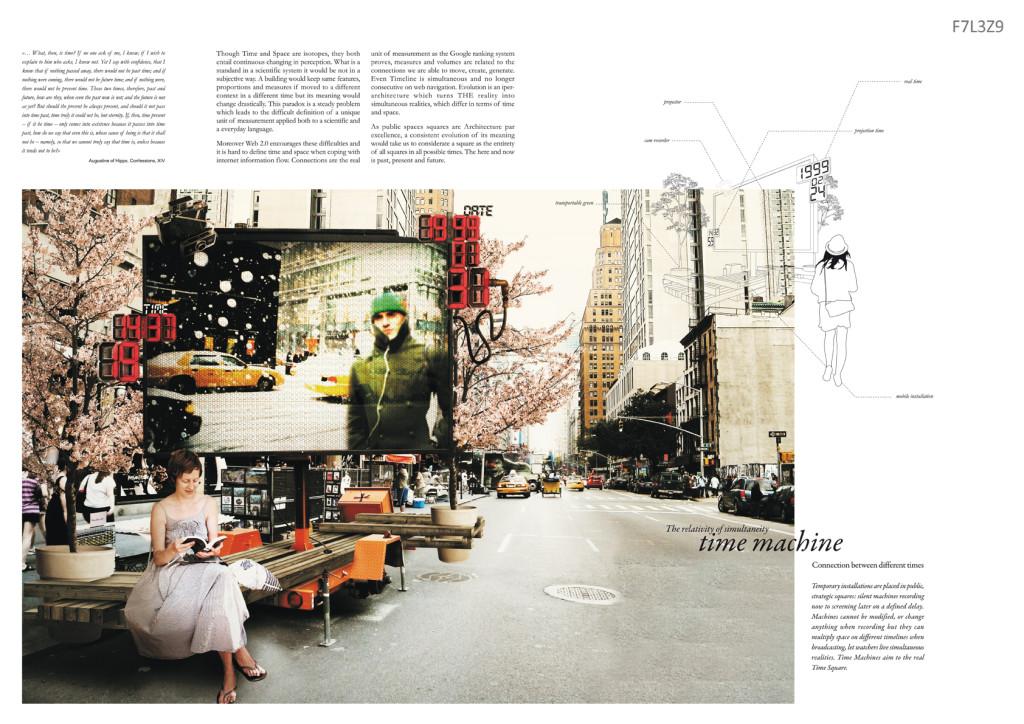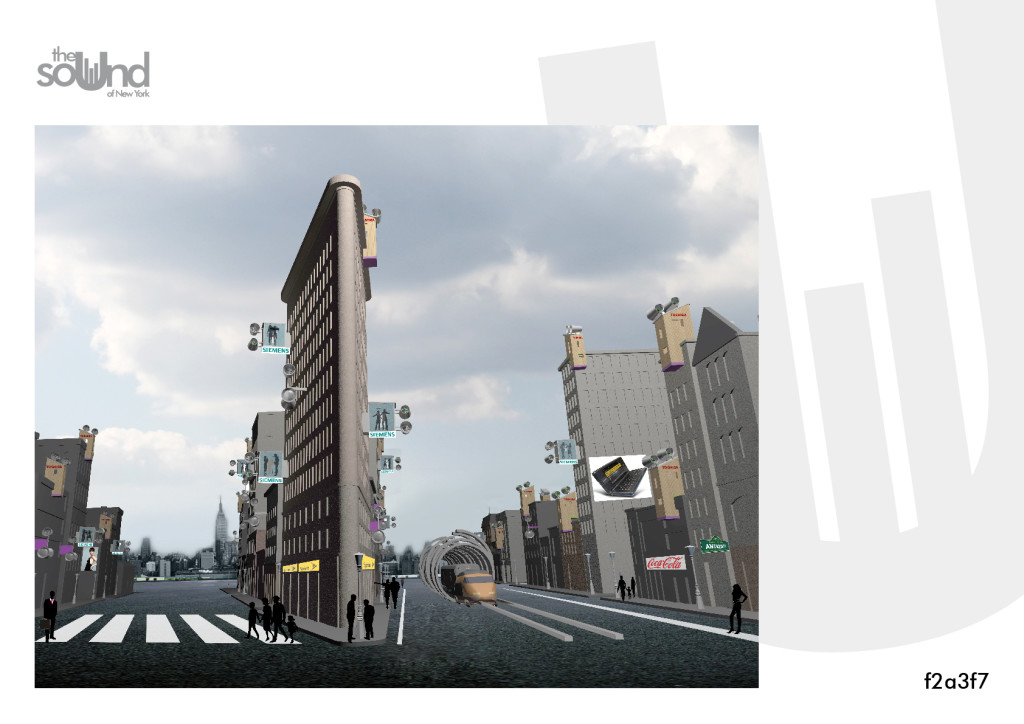Info:
Title: Free street level - Code: F5T6K2Contest: NY / 2012
By: I. López Balan
Views: 3585 Likes: 0
Votes:
JOSHUA PRINCE-RAMUS2 EVA FRANCH I GILABERT1 ROLAND SNOOKS1 SHOHEI SHIGEMATSU3 ALESSANDRO ORSINI3 MITCHELL JOACHIM42.3
Free street level
 Two unique events shaped the magnificent unnatural geography of Manhattan: the Commissioners’ Plan of 1811 and the zoning resolutions of 1916 & 1961. The first printed the island with a two-dimensional plan, a rectangular grid defined by broad north-south avenues and multiple east-west cross streets. The zoning resolutions determined the city’s three-dimensional form by restricting uses by district and by limiting the maximum mass of a building allowed on a given site. However, a third event (perhaps as important as the others) was emerging as a result of the transit of millions through streets each time more crowded, to buildings each time taller: the congestion of the island.
Two unique events shaped the magnificent unnatural geography of Manhattan: the Commissioners’ Plan of 1811 and the zoning resolutions of 1916 & 1961. The first printed the island with a two-dimensional plan, a rectangular grid defined by broad north-south avenues and multiple east-west cross streets. The zoning resolutions determined the city’s three-dimensional form by restricting uses by district and by limiting the maximum mass of a building allowed on a given site. However, a third event (perhaps as important as the others) was emerging as a result of the transit of millions through streets each time more crowded, to buildings each time taller: the congestion of the island.
With this in mind, if congestion characterizes Manhattan and this situation has been result of a hard battle between public and private, what would happen if the street level of every building in a block will be free of walls and doors, and as a bonus for investors they can build taller?
Would be the line of pressure between public and prívate vanished, and could public space expand its best product (pedestrian$$$) to every direction? Or it will simply feed the island with that we know the city loves: more congestion?
THE HIDDEN CITY
By freeing up doors and walls at street level of each block, the island will not only acquires a new urban landscape, but a new scale much friendlier between city dwellers and daily living. Each block is converted into a unique and suitable place to host diverse activities for the trends that dictate the crowds and good weather. It seems that a new city was emerged just below the other in the memory of everyone… less chaotic and more fluid, more human and also promising of new experiences so far unknown…






